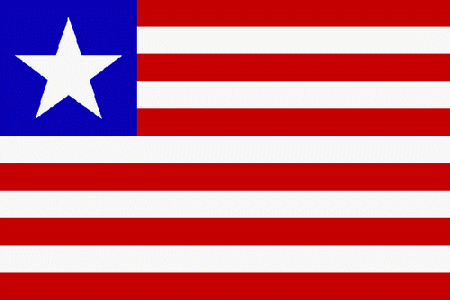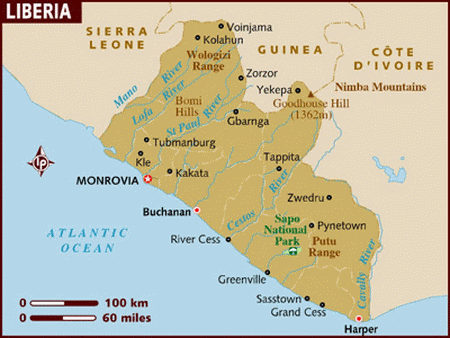History of Liberia
The Republic of Liberia has a very complex recent history. The country is ideally located along the African coast, with Sierra Leone, Guinea and Ivory Coast as its direct neighbors. The Republic of Liberia is a relatively young nation that was born in 1822 when freed American slaves arrived and formed the country. Prior to that the land itself hadn’t really been claimed as a European colony or as a recognized country.
Liberia – Fact Sheet
The Republic of Liberia is a country located in West Africa along the coast of the Atlantic Ocean. It is known geographically for its beaches and equatorial forest. Its capital, Monrovia, is home to a little over 1 million people, or 29% of the total population of 3.5 million.

It is a predominantly Christian country with a large ethnic diversity (close to 20 different ethnicities), and Liberia’s official language is English. The country generates a GDP of roughly $840MM, which comes mostly from agriculture and, to a lesser extent, from industrial activities. (Liberia’s major resources include coffee, cocoa, rice and minerals.)
19th Century – Arrival of The American Settlers
The American Colonization Society, an American organization, launched an initiative meant to give freed African-American slaves the opportunity to go back to their roots in Africa. The exodus began in 1822, and about 10,000 people arrived in Liberia (“Liberia” means “freedom” in Latin.) to colonize it.
These “Americo-Liberians” settled in, and in 1847 – after a little over 20 years – formed the Republic of Liberia, whose first elected president was Joseph Jenkins Roberts. Americo-Liberians brought their American governing culture and way of life and settled largely in the newly founded capital of Monrovia. Monrovia was named after the then-President of the United States James Monroe, who was reportedly very supportive of the creation of Liberia.
The integration of native Liberians into the new society was made more difficult by cultural differences and initial discrimination against them. They were, for instance, refused voting rights until the beginning of the 20th century. The United States gave its support to the budding country in order to help it establish a viable economy. However, ethnic rivalries in particular significantly hampered the country’s economic and political development.
20th Century – Development and Civil Wars
By the beginning of the 20th century, the Republic of Liberia had stabilized geographically and settled its border issues with Sierra Leone. The economy, however, had hit rock bottom due to the country’s mounting debts and its ensuing isolation from trading partners. In 1926, Firestone, an American rubber producer, obtained the rights to a large plantation, which helped the Liberian economy bounce back.

Liberia then continued its economic development – although not without hiccups – until the 1980s, after which tensions between internal political groups plunged the country into its first civil war. In 1997, Charles Taylor, a civil war leader, was elected president. For six years Taylor served his own interests with no real regard for the country’s drained economy. A second civil war broke out in 1999 and resulted in the ousting of Taylor by an international coalition in 2003.
Ellen Sirleaf, a Harvard-educated former corporate executive, won the national elections in 2005 to become the country’s first female president and is in charge of overseeing the re-building of Liberia.
